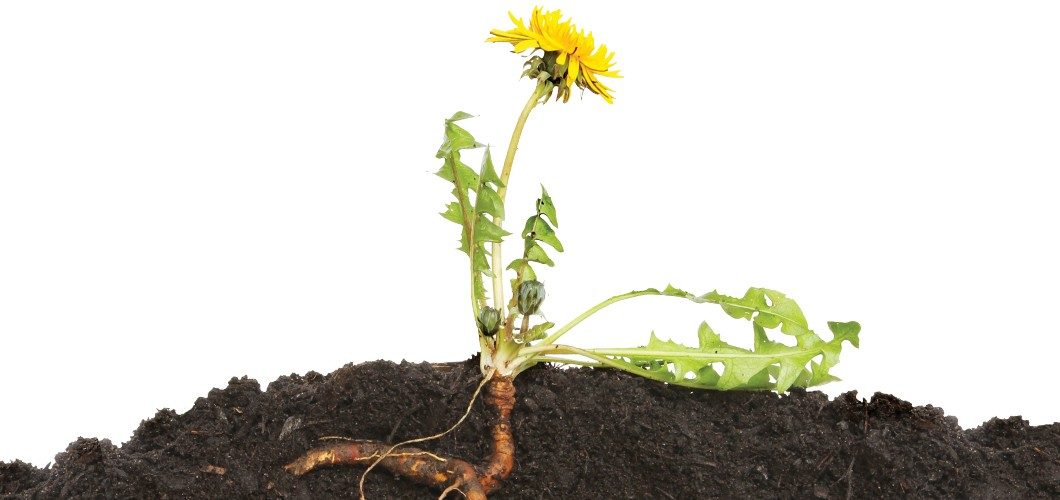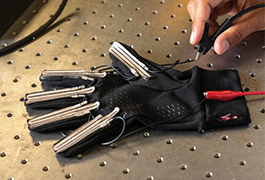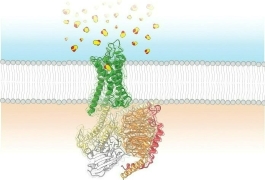Dandelion Roots Could Transform the Rubber Industry

While most farmers are actively trying to kill weeds, a team of researchers, led by Katrina Cornish at Ohio State University, are trying to grow them — fast. Taraxacum kok-saghyz, a special variety of dandelion from Kazakhstan — nicknamed “Buckeye Gold” — may be the answer to sustainable, U.S.-based rubber-making. An article in ACS’s weekly newsmagazine, Chemical & Engineering News (C&EN), examines the plant’s potential for revolutionizing the rubber industry.
While it might look like a regular dandelion, this variety’s roots contain 10-15% natural rubber. The goal is to cultivate these dandelions to the point where they can become an industrial rubber crop. Currently, rubber trees that grow on plantations in Thailand, Indonesia, and Malaysia take years to grow, making it hard for producers to adapt to changes in the market. Also, transporting the material is costly to both the industry and the environment. With Buckeye Gold, crops can be grown locally, and they mature much faster than rubber trees.
Current methods make it difficult to scale up dandelion cultivation to be competitive with the well-established rubber industry. Researchers are looking to modify these dandelions using CRISPR/Cas9 gene editing so they can withstand disease and pest-control measures, which would otherwise kill them. Also, because the plant’s root has only small amounts of rubber in it, researchers will have to find ways to use the rest of the crop in order for it to be truly sustainable.
Read more about the research: Dandelions, the Scourge of Lawns, May Be a Fount of Rubber, Chemical & Engineering News, 2016, 94(30), pp 28–29.




